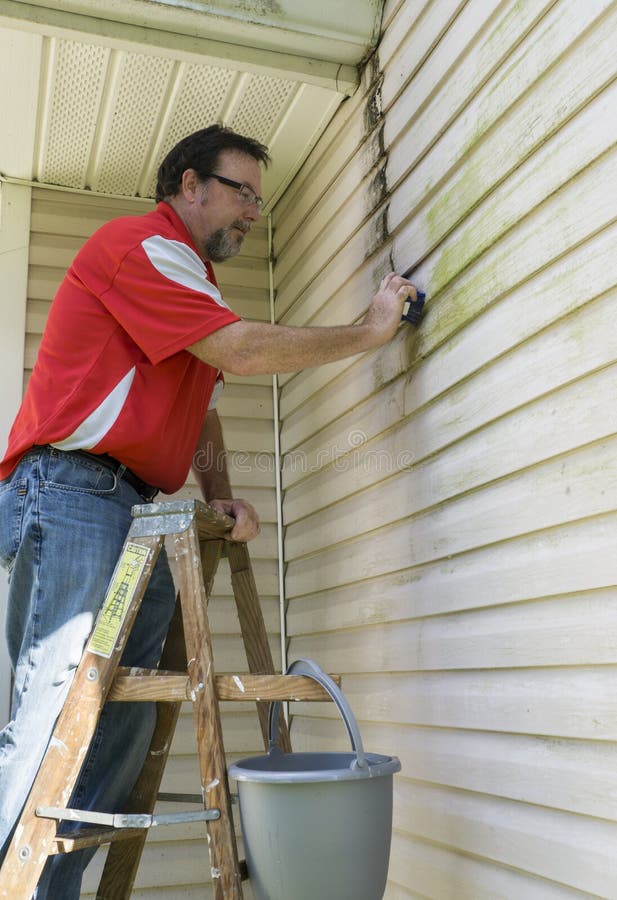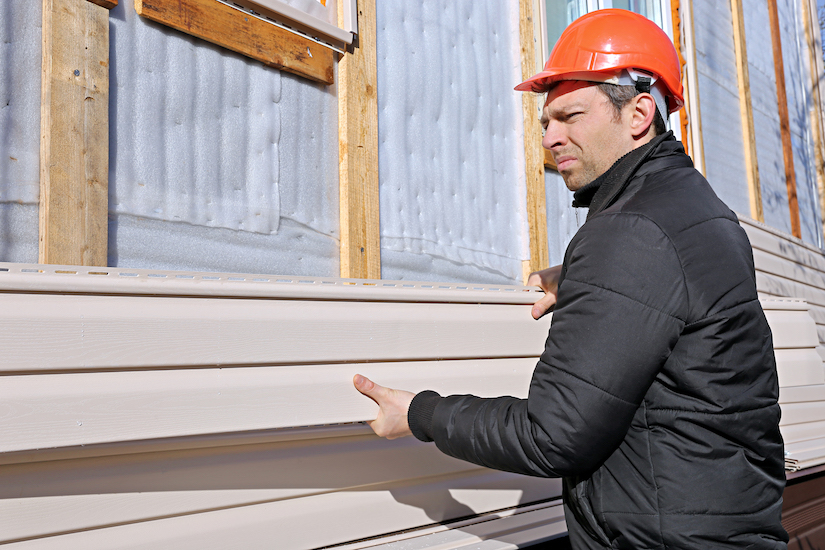Morris Siding Contractor Known for High-End Installations and Customer Care
Morris Siding Contractor Known for High-End Installations and Customer Care
Blog Article
The Necessary Guide to the Different Kinds Of Home Siding and Their Unique Benefits
In the realm of home improvement, selecting the ideal exterior siding is an important choice that affects both aesthetic appeal and practical performance. The selection of materials readily available, such as wood, plastic, fiber brick, cement, and metal, each offer one-of-a-kind advantages that deal with different demands and preferences. Recognizing these differences can substantially enhance the long life and value of a residential property - morris siding contractor. Nevertheless, with a lot of choices to think about, which exterior siding material absolutely stands apart for your particular job? Exploring these choices can result in informed decisions that straighten with both style and practicality.
Wood House Siding
Timber house siding, a preferred choice for residential outsides, offers an ageless visual that integrates natural beauty with structural honesty. This house siding product is available in different designs, including clapboard, shingles, and board-and-batten, enabling property owners to tailor their appearance to match their layout choices. Timber house siding is typically crafted from durable types such as cedar, redwood, or pine, which are recognized for their resilience and ability to withstand environmental stress factors.
One of the primary advantages of timber siding is its excellent insulation residential or commercial properties, which can add to power performance and reduced home heating costs. In addition, wood exterior siding is naturally degradable, making it an eco pleasant choice when sourced sustainably. Normal upkeep, consisting of paint or staining, can extend its lifespan and improve its appearance, enabling homeowners to preserve the all-natural beauty of the wood.
Nevertheless, prospective drawbacks consist of susceptibility to parasites, rot, and climate damage, demanding ample treatment and maintenance - morris siding contractor. In spite of these problems, when appropriately taken care of, wood exterior siding can provide a sturdy and beautiful remedy that enhances the character of a home while supplying a warm, welcoming atmosphere

Plastic Home Siding
Plastic home siding has become a leading selection for house owners seeking a low-maintenance outside option that combines longevity and cost. This flexible material is crafted from polyvinyl chloride (PVC), making it immune to different climate condition, including dampness and UV rays. Therefore, plastic home siding does not warp, rot, or fade, guaranteeing resilient aesthetic allure.
Among the main benefits of plastic house siding is its extensive range of designs and shades, allowing property owners to achieve the desired try to find their home without the requirement for regular repainting. Additionally, plastic house siding is very easy to mount, which can dramatically minimize labor prices throughout building and construction or renovation tasks.
Vinyl siding likewise contributes to power efficiency. Lots of options attribute insulation support, which enhances thermal performance, aiding to keep comfy indoor temperatures and possibly decreasing power expenses. Its smooth surface area helps with very easy cleansing, needing only routine washing with a yard pipe to remove dirt and debris.
Fiber Concrete Home Siding
Fiber concrete home siding has gotten traction amongst home builders and home owners alike due to its impressive combination of resilience and aesthetic convenience. Composed of a mix of sand, concrete, and cellulose fibers, this home siding choice is engineered to withstand extreme weather condition problems, including high winds, heavy rainfall, and temperature changes, making it a lasting choice for property check my blog outsides.

One of the primary advantages of fiber concrete siding is its resistance to insects, such as termites, and its non-combustible nature, offering enhanced fire safety and security. morris siding contractor. Additionally, it is offered in a large variety of designs, shades, and textures, enabling homeowners to accomplish their preferred visual without giving up performance
One more advantage is its reduced maintenance requirements; fiber cement exterior siding typically needs painting or staining every 5-10 years, which is less constant than various other products. Moreover, its longevity adds to a reduced total price of possession, as it minimizes the need for constant repair work or substitutes.
Eventually, fiber cement siding represents an outstanding investment for those looking for a resistant, eye-catching, and versatile outside alternative, incorporating both form and function to improve the home's curb charm.
Metal Exterior Siding
The attraction of metal house siding depends on its robust longevity and contemporary visual appeal, making it a preferred choice for contemporary style. Available in products such as aluminum and steel, steel home siding offers a variety of coatings and shades, allowing house owners to accomplish a tailored appearance that enhances their layout vision.

Energy performance is an additional considerable advantage, as lots of metal siding items are developed with insulation alternatives that aid control interior temperatures. This can result in minimized energy costs in time. Additionally, steel exterior siding is often recyclable, making it an ecologically pleasant option for sustainability-minded home owners.
The setup process for metal house siding can be relatively uncomplicated, resulting in a quicker turn-around time for construction tasks. Generally, metal house siding integrates functionality and design, making it a sensible alternative for those seeking a enduring and visually appealing exterior finish.
Brick and Rock Exterior Siding
Brick and rock siding attracts attention as a timeless selection that boosts the aesthetic charm of any kind of home. Recognized for their resilience and reduced upkeep, these products offer an extraordinary roi while raising the property's visual allure. Offered in numerous colors, structures, and patterns, block and rock can be tailored to suit varied building designs, from typical to contemporary.
One of the primary advantages of brick and stone home siding is their power efficiency. Both products have natural shielding residential or commercial properties that aid regulate interior temperature levels, potentially decreasing heating and cooling costs. In addition, they supply exceptional fire resistance contrasted to other house siding alternatives, contributing to enhanced safety and security.
One more benefit is their long life. Brick and rock can last for decades, commonly needing minimal upkeep past periodic cleansing. Unlike wood siding, they are unsusceptible bugs and rot, guaranteeing a resilient outside that stands up to the aspects.
Conclusion
In summary, the selection of home siding considerably impacts a home's visual charm, look at this now power efficiency, and maintenance demands. Each type of house siding-- whether timber, vinyl, fiber cement, block, or metal and stone-- uses special advantages customized to different house owner preferences and environmental conditions.
One of the primary benefits of timber exterior siding is its outstanding insulation residential properties, which can contribute to energy performance and lower heating expenses. Furthermore, timber house siding is naturally degradable, making it an ecologically friendly choice when sourced sustainably.One of the key benefits of metal siding is its resistance to various ecological elements.Energy efficiency is another substantial advantage, as lots of steel house siding products are developed with insulation options that help regulate interior temperatures. Each type of house siding-- whether wood, plastic, fiber concrete, metal, or brick and rock-- offers one-of-a-kind benefits tailored to various house owner preferences and ecological problems.
Report this page